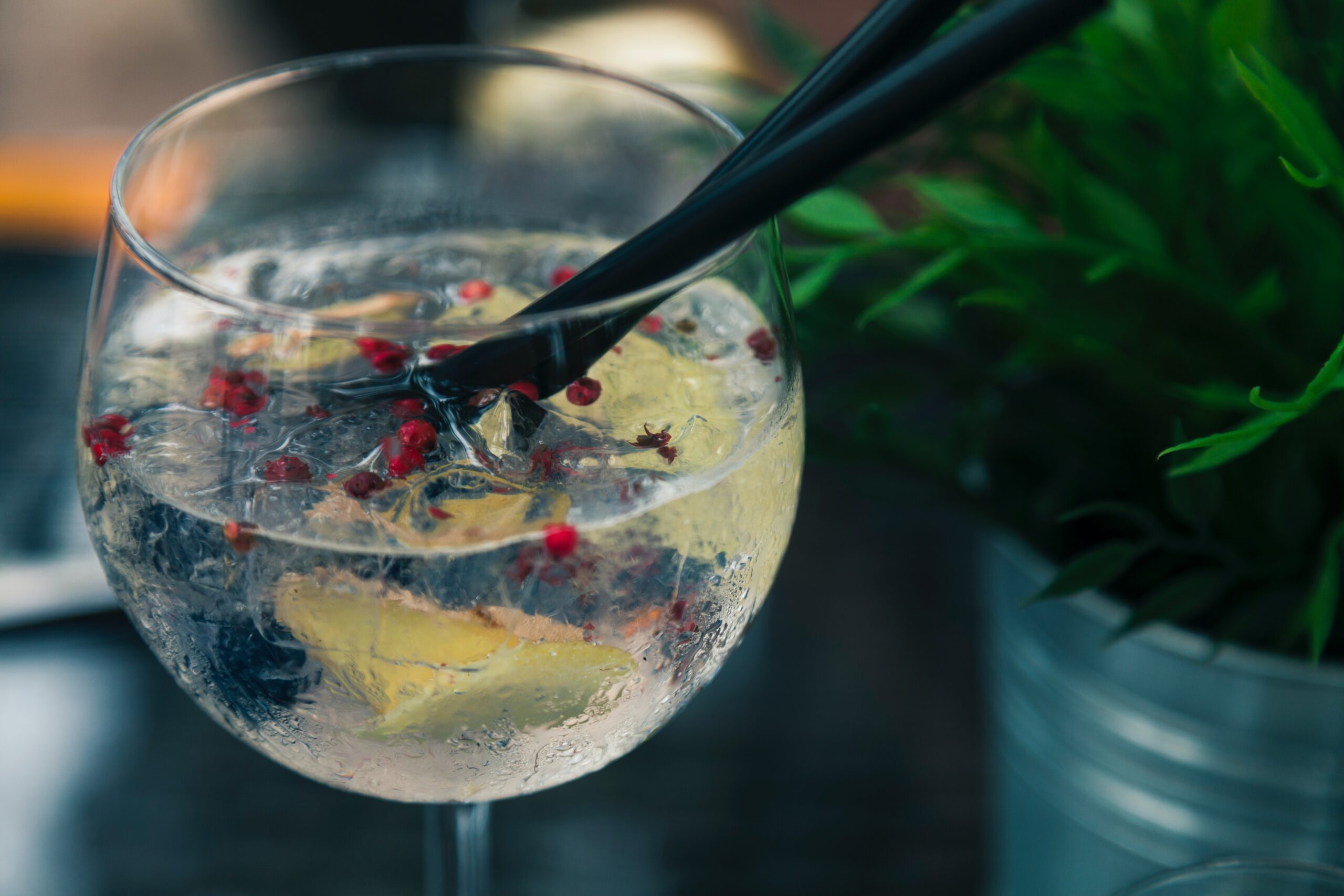Gin trends: Think Gin debate discusses the future
In 2020, HMRC data from a recent Wine & Spirit Trade Association (WSTA) report showed that the number of UK gin distilleries grew by 124. This is the first time more than 100 were registered in a single year and today, there are over 560 distilleries in the country. Total gin sales at home and abroad now total over £3 billion. Sales of gin in UK shops even passed £1 billion for the very first time!
COVID-19 effects
Despite these positive figures, growth in gin sales was actually slowing in retail pre-lockdown. Also, on-trade closures meant that total gin sales in the UK dropped. Nevertheless, the COVID-19 pandemic did result in increased online sales with more people drinking at home.
Sales to bounce back
The IWSR still predicts that gin consumption in UK will return to strong growth hitting over ten million cases by 2023, compared to six million consumed in 2018. Gin sales have also been an incredible showcase for premiumisation with consumers prepared to pay more, especially on craft and artisanal products. So now with pubs, bars and restaurants reopening, what can we expect going forward? Can on-trade gin sales bounce back strongly?
Think Gin
A recent Think Gin online debate discussed current and future trends and whether we are anywhere near peak gin? Rachel Hicks, co-owner of award-winning Sky Wave Gin, does not believe that the market has peaked yet. “People continue to be excited about experimentation in gin, including cask-aged expressions, for example“, she says.
Flavoured gins
The panellists noted how flavoured variants continued to drive strong growth through 2020. This came at the expense of more traditional unflavoured options. However, for the Wine & Spirit Education Trust (WSET)‘s Nicholas King, there is some encouragement for the sector here. “People have been talking about gin reaching a peak for a long time, but there’s no sign yet. If we take gin in a broad context, there is an endless potential for variation of spirit flavour.”
Sweet vs savoury gin flavours
Both Rachel and Nick see drier, savoury expressions with more sophisticated flavours as a key trend for premiumisation. “Pink and sweet gins – those that feel artificial in flavour – will probably pass fairly quickly“, says Nick. “I would like to see flavoured spirits going down the dry side as this gives more flexibility in how to use the product.”
However, they both acknowledge that while some consumers will try new flavours, many stay with sweeter styles because that’s what they like. Retailers will stock whatever gin styles suit their customer base and an independent stockist’s demographic is not as wide as that of the supermarkets.
What is craft gin?
Is there confusion over what craft gin actually means? “There’s no legal definition of craft“, says Rachel, “so it can be hijacked by anybody. It’s hard to define. People who buy a craft gin and put craft on the label are producing a gin that has love and devotion in it. They are devoted to the craft of creating it and have spent time doing so. They are personally involved in the production in some way … and have considered provenance and eco-credentials. It’s a product of labour and skill, not just of marketing.”
Provenance
People are looking for more artisanal, local and sustainable products. Aljoscha Wright from The Oxford Wine Company has seen renewed interest in local gins: “People are showing they’re buying local within their county.” Nick believes that gin is uniquely positioned to pick up on this trend, using flavours from hedgerow foraging, for example. “Gin can give a genuine link to a location, so it’s crafted and local“, he explains.
Gin Education
Rachel also believes that it would be helpful for customers to know why they’re paying £30-£40 for a craft gin, when they can go to a supermarket and pay £18. Both she and Aljoscha feel that more clearly defined legal categories would help explain and justify prices. However, Nick sees no appetite among the big players to change legislation with gin now becoming a catch-all for flavoured spirit. “It’s been enough to say that gin must have a juniper-led flavour, so it’s never been challenged“, he adds. “The greatest misstep“, he continues, “is that flavoured neutral spirit – which is what gin is within the EU – has imploded and has zero credibility within the premium market. There’s so much potential for using flavours post-distillation of the base spirit that go well beyond juniper. We need a new, better term for flavoured spirits.”
What’s next in gin trends?
The panellists all saw sipping gins, including cask-age varieties, as a future trend. Food matching is another area yet to be properly explored and perhaps cocktails, increasingly coming to the table in venues, could take advantage of this. With innovation and experimentation continuing, batch cocktails could also become quite established as mixologists hit the bars again.
You can read further articles on gin on Ryebeck’s Industry Insight pages here.
Author: Robin Goldsmith of The Write Taste.






